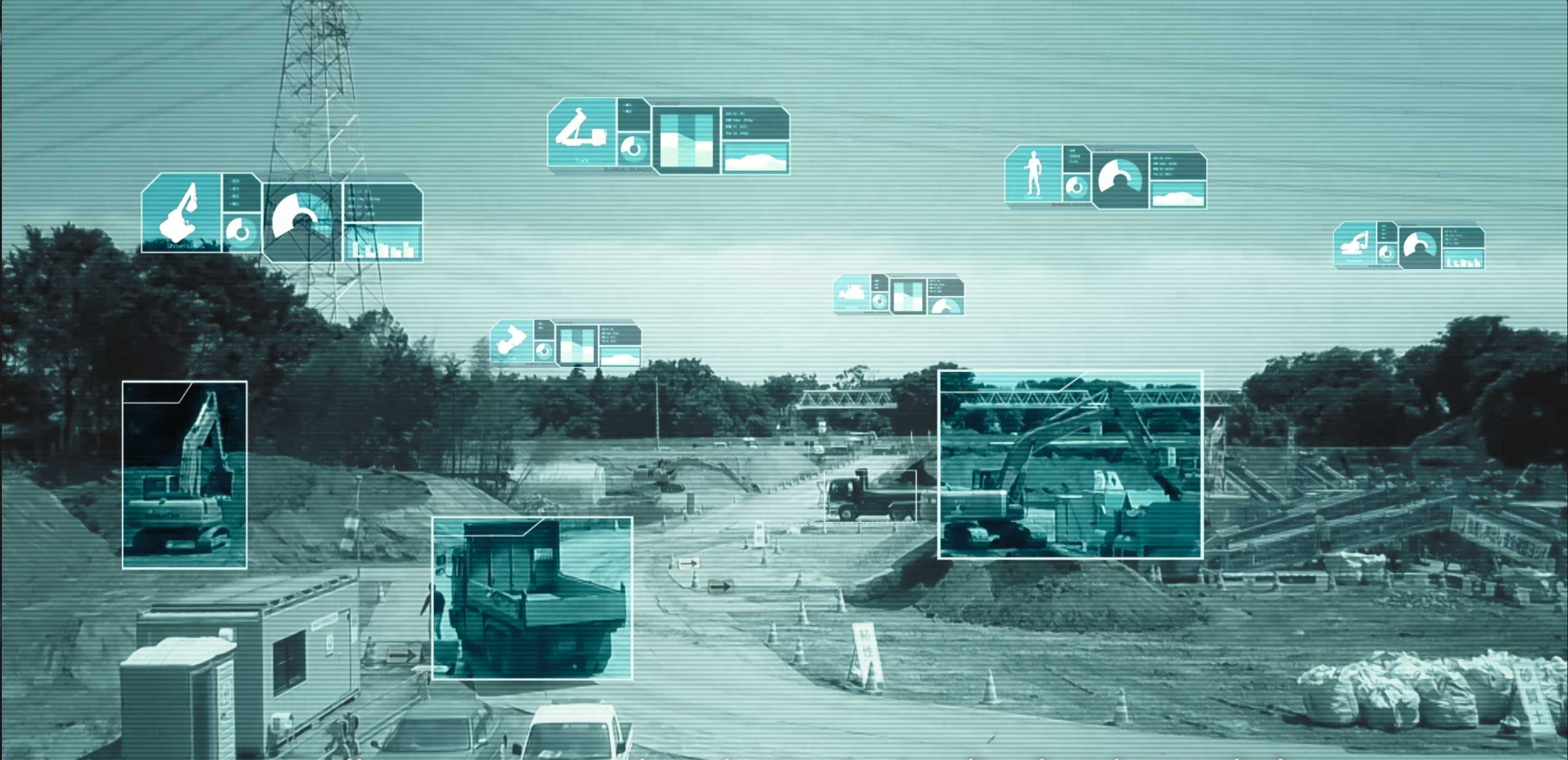- AI will de facto replace or eliminate some jobs
- AI creates new types of jobs – 3 examples will be explained here
- Decision-makers learn which fields of action are important for their AI strategy in this context
Artificial intelligence (AI) – the hype surrounding this technology, which could change a great deal for us humans, continues unabated. Besides the technological progress, we hope to achieve through this, however, a negative side is always mentioned when it comes to AI:
AI is often referred to as ‘the killer’ of many jobs. Some studies predict the loss of about 50% of jobs. Even if these studies are highly doubted and often discussed, the facts cannot be hidden. In any case, for some jobs, the advancing technology means a reduction or elimination, just as it has already happened through industrialization.
At present, for example, production workers are considered to be at high risk, as it is assumed that these jobs can be replaced by robots. Also, taxi or truck drivers will be affected, as AI can take over the control of the vehicles. In addition, office jobs such as accountants or lawyers will also be massively replaced by algorithms, as it is already happening in some cases. One example is the robot Ross which already supports its human colleagues at the law firm Baker & Hostetler in San Francisco. He analyzes immense amounts of files, legal texts, notes, etc. in order to add appropriate documents to current cases.
New jobs through artificial intelligence
However, there are other ways, too. AI creates new opportunities for employees – whether it is the ability to perform more demanding tasks or the creation of completely new jobs that have never existed before.
Control and support of AI
An example of this is the position of the ‘remote truck operator’ which was advertised by the company Einride. Einride develops autonomously driving trucks in which there is no driver’s cab as standard. Initially, the vehicles are only to drive autonomously on motorways or country roads. As soon as these roads are left and the Einride pods drive in urban environments, operators, who can perform the control completely from the office (see rendering figure), take over the vehicle. So far, this task has been taken over by the development engineers. In order to integrate even more practical knowledge into the development, Einride is explicitly looking for experienced truck drivers.
This shows that jobs can also develop which were actually predicted to be destroyed by AI. The truck drivers have the expertise and with this knowledge they monitor and support the AI and take over control of the vehicles if the AI reaches its limits. In addition, a truck driver is no longer on the road for weeks but works in shifts in a well air-conditioned office and is quickly back home after work.
Rendering of the workstation of a ‘remote truck operator’ from Einride
Cobots
Another AI approach that changes the world of work are the so-called Cobots. The robot ARMAR-6 is being developed at the Karlsruhe Institute of Technology (KIT). The development is being funded by the EU as part of the seven million euro SecondHands project. ARMAR-6 is able to recognise when a person needs help and then provides support. If a worker is to remove a panel from the ceiling, the robot holds the panel in place while the worker loosens the screws and then human and machine carry the panel away together. But ARMAR-6 can do more, such as carrying bottles or tools. At Zalando, too, human and machine share the composition of customer deliveries. The robots prefer to reach into the upper or lower shelves of the Zalando warehouse, exactly the places that are more difficult for humans to reach. This relieves the logistics staff and fully optimises the entire process.
ARMAR-6 gives Ocado service technicians a hand – Image: Ocado Innovation Limited
Intelligence Augmentation
The third concept that is changing the world of work is Intelligence Augmentation – extended intelligence (IA). With the help of IA, low-skilled employees can perform tasks that require a high level of knowledge. In this way, the complex technology together with human beings forms a highly qualified workforce.
An example of this is the construction machinery manufacturer Komatsu. In a strategic partnership with NVIDIA, AI is used in vehicles to create 3D visualizations of construction sites and to display the interaction of people, machines and objects in real-time.
By using cameras and continuous 360-degree monitoring of the construction environment, information and instructions are communicated to the operators in real-time, making it easier to guide the excavator. They are also warned if other vehicles or objects approach. This significantly increases safety on construction sites.
Computer Vision at the Komatsu construction site
Fields of action for your AI strategy
As shown in the above examples, there are several ways in which AI can be used to create new jobs or job concepts. Decision-makers should also take a 360-degree perspective when developing the AI strategy and not only look at technology and business models but also at change management with regard to the employees and their jobs.
The following points should be included in your digital strategy:
- How can I use the knowledge and experience of my employees to optimize, monitor and support AI better?
- What new jobs will be created (in my company) by AI that have never existed before?
- Will I perhaps need branches of professions in my company in the future which have not played a role in our core business before but which are essential for new business areas opened up by AI?
- With Intelligence Augmentation (IA), employees can make faster, more reliable and more effective decisions. The information provided by IA must be tailored to the needs of the individual employee.
